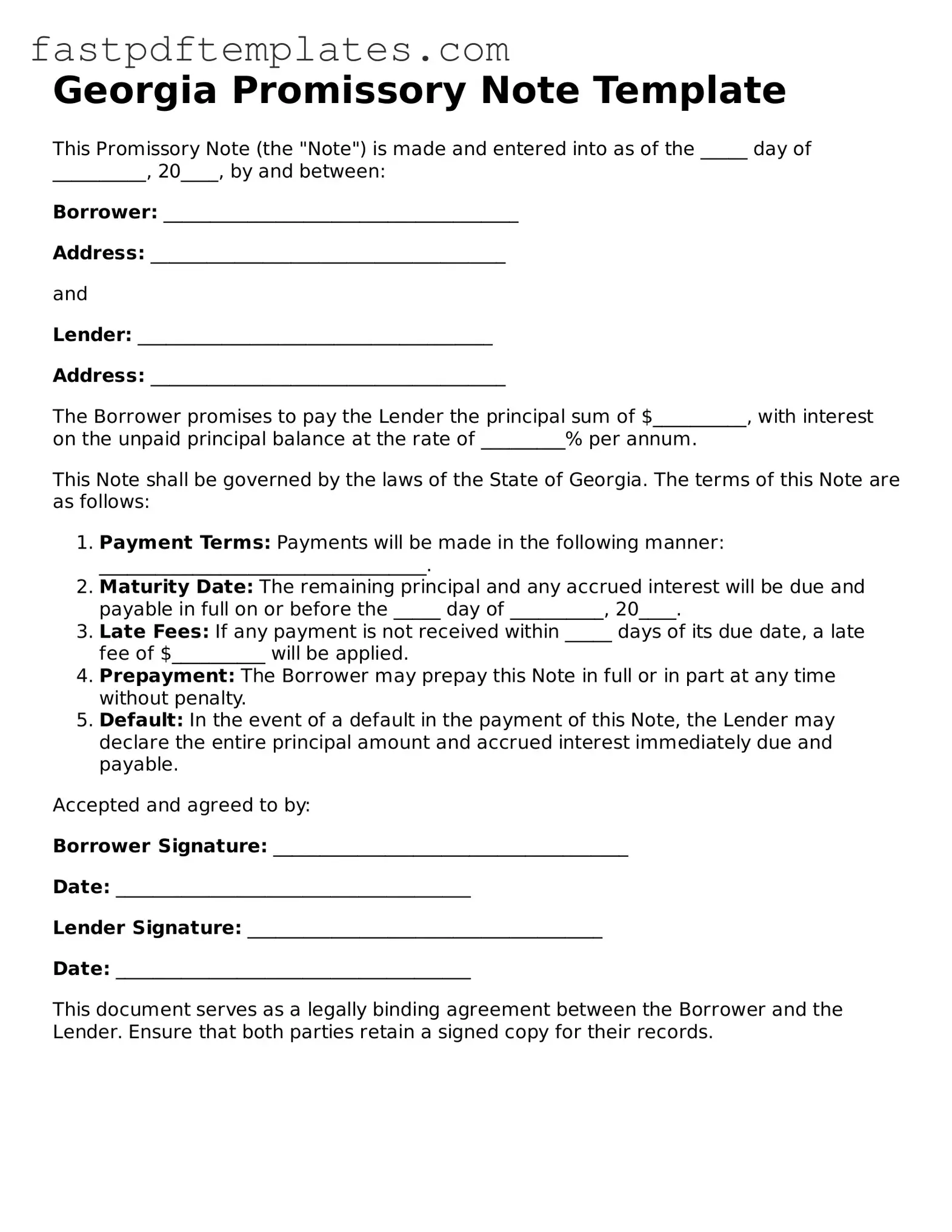A loan agreement is a document that outlines the terms and conditions of a loan between a borrower and a lender. Like a promissory note, it specifies the amount borrowed, the interest rate, and the repayment schedule. However, a loan agreement often includes additional details such as collateral, default terms, and legal rights of both parties. This makes it a more comprehensive document compared to a promissory note, which primarily focuses on the borrower's promise to repay the loan.
A mortgage is a specific type of loan agreement used to finance the purchase of real estate. It involves a promissory note, but also includes a security interest in the property. If the borrower defaults, the lender can take possession of the property through foreclosure. This distinguishes a mortgage from a standard promissory note, as the latter does not typically involve collateral tied to the loan.
An IOU is an informal document acknowledging a debt. While a promissory note is a formal, legally binding agreement, an IOU is often less detailed and may not include terms such as interest rates or repayment schedules. Both documents signify that money is owed, but an IOU lacks the legal enforceability and structure of a promissory note.
A personal guarantee is a document where an individual agrees to be responsible for a debt or obligation if the primary borrower defaults. Similar to a promissory note, it creates a financial obligation. However, a personal guarantee is usually used in business contexts and serves to protect the lender by holding an individual accountable for a business's debts.
A secured note is similar to a promissory note but includes collateral to back the loan. This means that if the borrower fails to repay, the lender has the right to claim the collateral. The presence of collateral provides additional security to the lender, making a secured note more favorable in high-risk lending situations compared to a standard promissory note.
A business loan agreement is tailored for loans taken out by businesses rather than individuals. Like a promissory note, it details the amount borrowed and repayment terms. However, it also encompasses specific business-related clauses, such as covenants that the business must adhere to during the term of the loan. This makes it more complex than a typical promissory note.
An installment agreement outlines a payment plan for settling a debt over time. It shares similarities with a promissory note in that it specifies payment amounts and schedules. However, an installment agreement often includes provisions for penalties or fees for late payments, which may not be explicitly detailed in a simple promissory note.
A lease agreement can resemble a promissory note when it includes terms for payment of rent. Both documents establish a payment obligation. However, a lease agreement is more comprehensive, covering the terms of property use, maintenance responsibilities, and duration of the lease, while a promissory note focuses solely on the repayment of borrowed funds.
A credit agreement is a broader document that outlines the terms under which credit will be extended to a borrower. It includes details about repayment terms, interest rates, and fees, similar to a promissory note. However, a credit agreement may also include clauses regarding credit limits and conditions for borrowing, making it more detailed than a standard promissory note.
A debt settlement agreement is a document that outlines the terms under which a debtor agrees to pay a reduced amount to settle a debt. Like a promissory note, it creates an obligation to pay. However, it often involves negotiation and may include terms for a lump-sum payment or a structured payment plan, which distinguishes it from the straightforward promise of repayment found in a promissory note.
